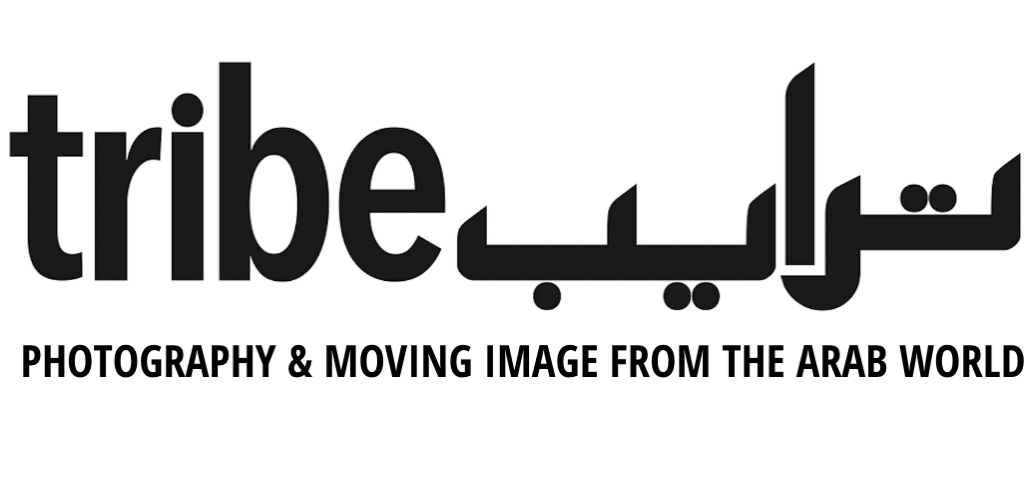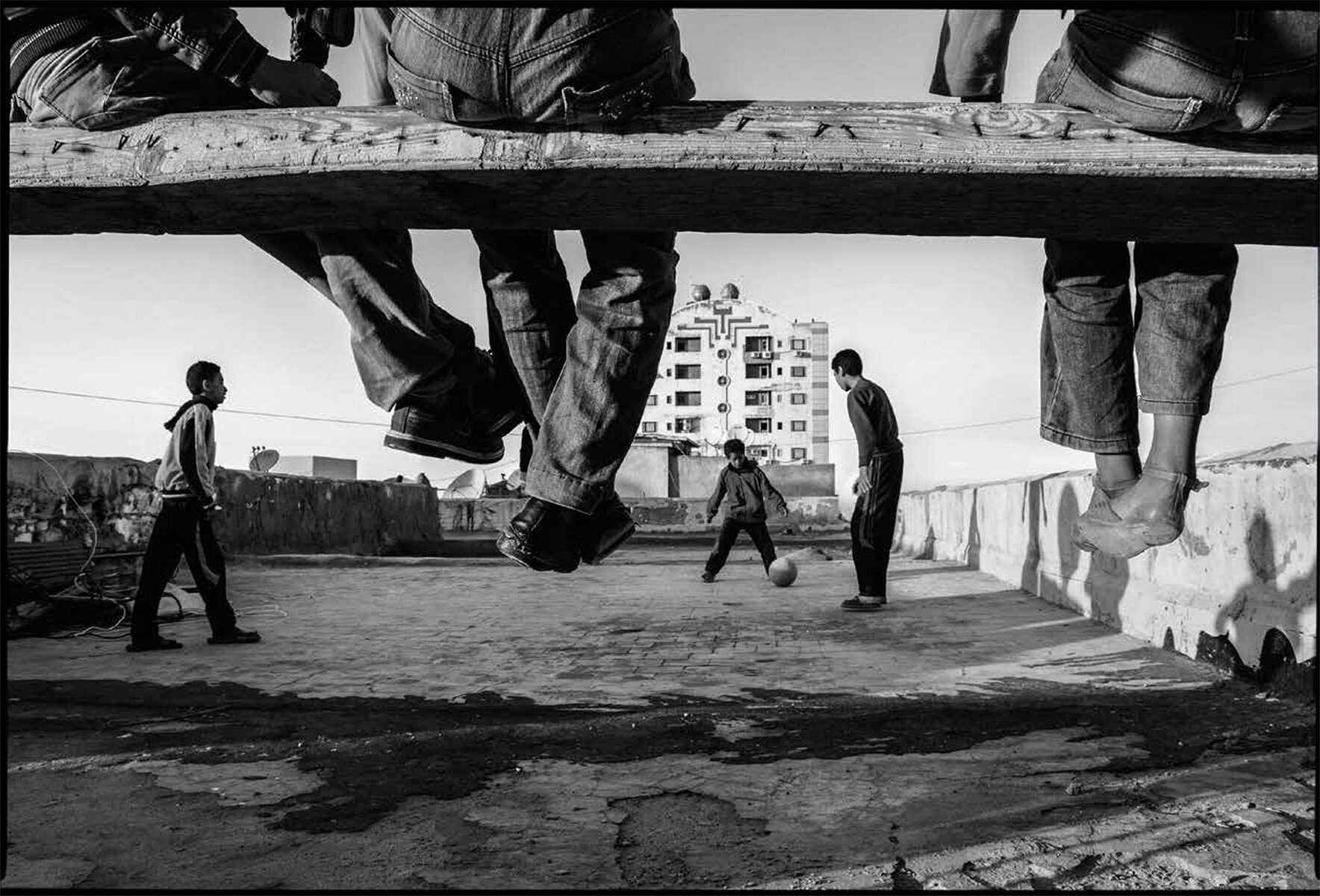Gulf Photo Plus: The Arab Street, Vol. II
A closer look at al-shari in a compilation of images
Mohamed Mahdy, Childhood, Alexandria, Egypt. Courtesy of the artist.
With text by Reem Farah, writer.
The Arab Street, Vol. II at Gulf Photo Plus 2019 Community Exhibition raises the fundamental question: what is the Arab street, anyway? As the exhibition designer Raz Hansrod explained, the primary curatorial definition came from more than 700 photographic submissions to the open call before selection process was made. As an educational space, the exhibition was curated based on subgenres of street photography with accompanying texts that speak to the content and compilation of the photos. It pays careful attention to each photo’s significance within the genre of street photography as well as their unlikely links to one another. For example, along one wall of the exhibit, the horizon stretches from the coast of the Arabian Gulf to the Mediterranean Sea. On an adjacent wall, a closer look reveals the studied and serendipitous ‘rule of thirds’ across photos from Alexandria, Egypt to Rabat, Morocco.
While the exhibit does not attempt to propose a definition of ‘The Arab Street,’ the collective compilation of photos reveal truths about the gender, race and class of the Arab street. Street photographs from across the Gulf make visible the migrant labor demographic and their intimate relationship with the street as early and daily commuters, or buyers and sellers of chai.
Featuring photos taken from amateur and professional photographers using any device from the iPhone to medium format studio cameras, the exhibit showcases the accessibility of photography as an art medium. More generally, as a photo from the besieged Gaza brings visual insights and bridges the distance to the inaccessible but approximate, the exhibit highlights how street photography provides access to the inaccessible. It further raises the question of access explicitly by questioning the photographers’ positionality in a given environment. Two contrasting photos highlight the photographer’s perspective in the subject’s presence. In the first, a seemingly headless man, his back hunched over and neck bowed, leaves you wondering if he was staged or in a solitary meditative state. In the second, a boy who holds a vulnerable but bold gaze, as if to test the photographer’s gaze, begs the question of whether the photographer and the subject know one another.
While the discussion of access is relevant to street photography, it is pertinent to present-day conversations about the Arab street. In the Arabic language ‘the street’ or al-shari has become synonymous with spaces of revolt, remembering, reclamation and relearning. Street photography lifts the curtain, inviting us to do so. As a post-colonial space, the Arab street is in conversation with a contentious history of access, and of who sees and tells its stories. Residents and visitors are held to acknowledge the orientalist gaze and its framing narratives so that the scenes we observe and stories we tell can counter these narratives. One photo in the exhibit does so by challenging notions of masculinity in the region through a group of male friends dancing in their spirit of collective elation. The Arab Street, Vol. II successfully reminds us of this space of imagination, possibility and reality at our fingertips.
18 September 2019 – 20 January 2020
Mahdy, Mohamed (2020). Gulf Photo Plus: The Arab Street, Vol. II. Tribe, 10, 34-37.



